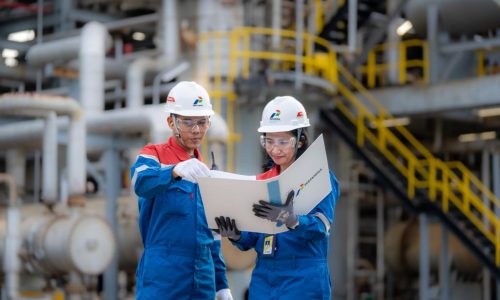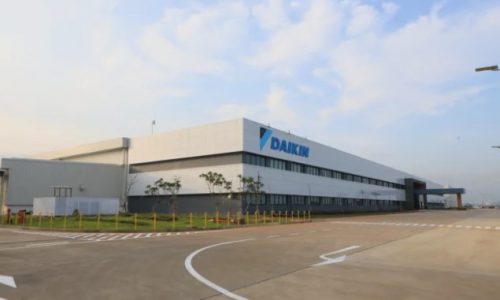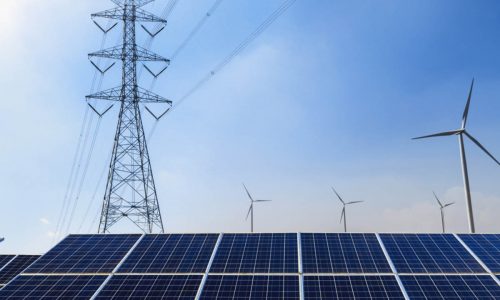PT Pertamina Power & New Renewable Energy (NRE) has allocated a staggering US$10 billion to fund an extensive feasibility study focused on green ammonia production.
Pertamina NRE strategic planning and business development director Fadli Rachman said that the feasibility study that is currently underway is focused on searching for green ammonia resources in several geothermal work areas (WKP) in North Sulawesi, namely Lahendong, Tompaso, and Kotamobagu.
The company is collaborating with two Japanese energy companies in the project, aiming to finalize it by 2024. The work areas are expected to generate up to 865 megawatts (MW).
Pertamina NRE revealed that the estimated production capacity of green ammonia in these areas could reach 1 million tons per year. Afterward, the project will hopefully lead to green ammonia exports to Japan in 2028 or 2029.
“The export market in Japan for green ammonia is going to be very high in the 2028 to 2030 period,” Fadli said on Monday (22/5).
However, this figure is relatively small compared to Japan’s green ammonia needs of up to 30 million tons per year.
Pertamina NRE’s focus on green ammonia
Pertamina NRE has projected green ammonia as one of its future businesses. Previously, the company and Tokyo Electric Power Company Holdings Incorporated (Tepco HD) signed a memorandum of understanding (MoU) in March, focusing on the development of green hydrogen and ammonia.
The MoU also covers the verification survey, joint selection of green hydrogen and ammonia production areas, market segment identification, and market development.
Both parties are committed to the efficient development of cost-efficient green hydrogen and ammonia. The joint study is supported by a Japanese national research and development namely the New Energy and Industrial Technology Development Organization (NEDO), encouraging technology development intending to build a sustainable society.
Pertamina NRE and Pupuk Kaltim will also develop green ammonia with several Denmark companies, namely: Copenhagen Atomics, Topsoe, Alfa Laval Copenhagen, and Aalborg CSP.
On May 19, they confirmed the collaboration with the signing of an MoU, solidifying their commitment to joint work and study on the green ammonia development. The project will be powered by a thorium-based nuclear power plant featuring a small modular reactor (SMR) located in Bontang, East Kalimantan.
The thorium-based green ammonia project will be the first initiative in Indonesia to harness nuclear power, as an alternative nuclear fuel alongside uranium.









